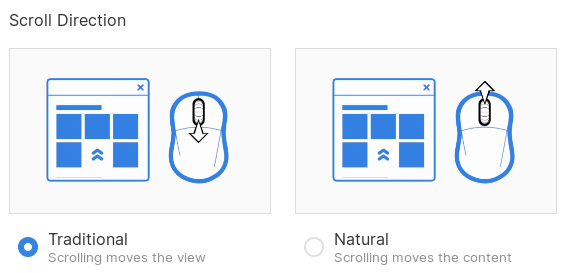this post was submitted on 24 Sep 2023
183 points (96.9% liked)
Linux
57292 readers
570 users here now
From Wikipedia, the free encyclopedia
Linux is a family of open source Unix-like operating systems based on the Linux kernel, an operating system kernel first released on September 17, 1991 by Linus Torvalds. Linux is typically packaged in a Linux distribution (or distro for short).
Distributions include the Linux kernel and supporting system software and libraries, many of which are provided by the GNU Project. Many Linux distributions use the word "Linux" in their name, but the Free Software Foundation uses the name GNU/Linux to emphasize the importance of GNU software, causing some controversy.
Rules
- Posts must be relevant to operating systems running the Linux kernel. GNU/Linux or otherwise.
- No misinformation
- No NSFW content
- No hate speech, bigotry, etc
Related Communities
Community icon by Alpár-Etele Méder, licensed under CC BY 3.0
founded 6 years ago
MODERATORS
you are viewing a single comment's thread
view the rest of the comments
view the rest of the comments

The thing you're apparently calling "traditional" seems natural to me.
I've never really stopped and thought about it before, but as far as I can figure, my brain expects the part of the system that does or would actually touch the surface to drag the screen in a particular direction through the simple workings of physics.
On a touchscreen, it's simple - it's my finger actually touching the screen and it drags the screen around exactly as I'd expect.
With a mouse, my finger isn't the important part because it's not touching the surface (or more precisely, the mousepad that substitutes for the surface). Rather, my finger is contolling the mouse, and the underside of the mouse is touching the surface. And as far as that goes, the "traditional" way it works is correct - when I move my finger downward on the mouse wheel, the bottom side of the wheel - the part that would actually be touching the surface if it was a purely mechanical system - is moving upward, so would drag the screen upward.
So to me, that's what's natural.